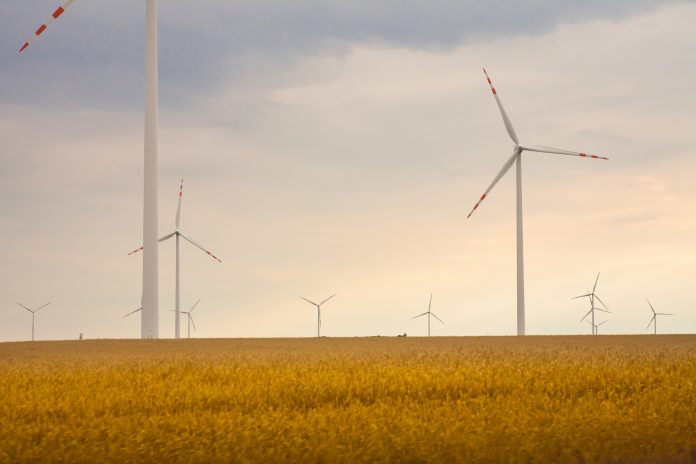A new wind is blowing for onshore wind energy in Poland. The easing of some measures is slated to put the sector into high gear after the country’s ruling right-wing government passed restrictive laws in 2016 that made it virtually impossible to build new turbines on land.
The change in legislation comes ahead of the COP24 World Climate Conference that opens December 2 in the southern Polish city of Katowice, a coal mining hub long among the main providers of the country’s primary source of both fuel and pollution.
“We’re on the right track,” Janusz Gajowiecki, chairman of the Polish Wind Energy Association (PSEW), told the Agence France-Presse (AFP) of plans to bring an additional one gigawatt (GW) of wind energy online.
Poland currently has around 6.4 gigawatts of installed wind power, compared to neighbouring Germany, which has around 56 GW.
According to AFP, an auction for wind farm licenses to add that one gigawatt of production capacity is set for November 5 and public subsidies will also be available under a new government plan aimed at helping coal-addicted Poland meet EU goals for renewable energy use.
The EU has set itself an overall target of 20% green energy in its mix by 2020. Poland, meanwhile, must boost its overall use of renewable energy to at least 15 percent by 2020 under EU deals on emissions curbs.
According to the findings of a study published in 2017 by the Ecofys consultancy, Poland risks falling short of the 2020 target.
The country of 38 million, with an ever-expanding economy, was likely to have no more than 13.8 percent of renewables in its energy mix by the end of the decade, Ecofys found.
The law made it virtually impossible to build new turbines on land by requiring that they be located a distance of ten times their height from any residential building.

